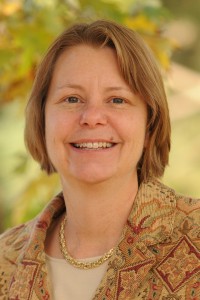During the 2012 – 2013 academic year, the King-Chavez-Parks Initiative is piloting a partnership with the National Center for Faculty Development & Diversity, an independent faculty development center that is 100% dedicated to supporting graduate students, post-docs, and faculty members in making successful transitions throughout their academic careers.
The NCFDD provides the following opportunities for Fellows:
DISCUSSION FORUM
Provides Fellows with access to private, moderated discussion forums. This is the online community where members gather to discuss skills and strategies that will increase productivity and work/life balance, as well as problem-solve, exchange support, and experience peer-mentoring. The NCFDD’s most popular forum is the Monthly Writing Challenge. It’s a great place to go if Fellows want support in establishing a daily writing practice.
MONTHLY TELE-WORKSHOPS
Each month, the NCFFD hosts a tele-workshop that digs into one of the 10 Keys to Thriving in the Academy. Additionally, each month they host a guest expert on the topics that members have requested. If Fellows are unable to attend the workshops live, don’t worry. The NCFDD records each one and provides access to the audio, slides and transcripts. That way, Fellows can enjoy the materials at their convenience.
MONDAY MOTIVATOR
Fellows will receive a weekly email that includes a productivity tip as well as a little electronic support and encouragement.
MONTHLY BUDDY MATCH
For Fellows who would like a writing buddy, the NCFFD will match members at the beginning of each month.
Please consider joining this online community where you can share, connect, exchange, and grow in the skills that will help you to truly thrive in your academic career.
Contact Michelle Snitgen of the Lansing, MI, KCP Intiative, with any questions (517-373-0273) or snitgenm@michigan.gov.
